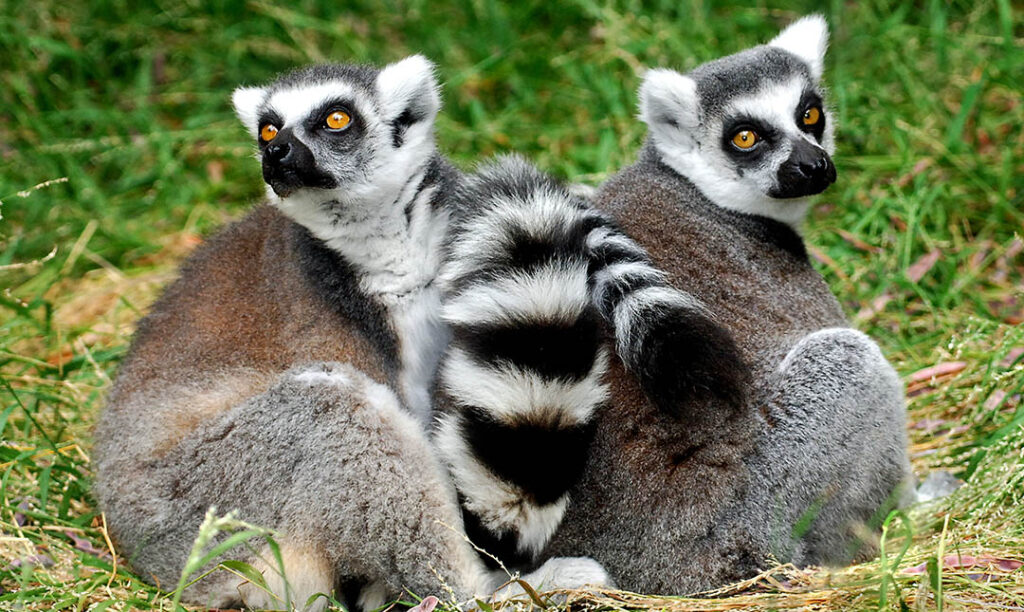


It presented two protruding lateral keratinized spicules and a centralized urethra, with no common parts between the urinary and genital tracts. The vaginal mucosa consisted of epithelium that varied from nonkeratinized stratified squamous (luteal phase) to keratinized stratified squamous (follicular phase). The endometrial lining was composed of a simple cuboidal epithelium to simple columnar epithelium with basal nuclei. Changes occurred along the estrous cycle in the uterine and vaginal epithelia, that is, an increase in the uterine epithelium height accompanied by an increase of thickness of the vaginal epithelium during the follicular phase and a decrease of thickness of both epithelia during the luteal phase. The uterus was partially double because the cervix was cranially septate but caudally, the septum disappeared, forming a single ostium that opened into the vagina. In the ovary, during the proestrus phase, we observed developing follicles and corpus luteum (CL) in regression during estrus, there were Graafian follicles during metestrus, there was a hemorrhagic corpus, whereas in diestrus, there was a mature CL. Specimens were euthanized and their reproductive organs were fixed in a 4% paraformaldehyde or 2.5% glutaraldehyde solution and submitted to routine histological techniques for light and scanning electron microscopy. This species lives 15-20 yrs in captivity.The study investigated the gross and microscopic anatomy of the genital organs of 20 agoutis at different stages of the estrous cycle and four in the final trimester of pregnancy. Most animals in the family Dasyproctidae mate once or twice, and this is presumed to be true for this species as well.

It is hard to keep the animal in captivity for that reason. They need large areas for food, breeding, and territory. They live in pairs or family groups of the parents and little ones. On average, it takes 20 weeks for the young to be weaned. These animals have no distinct breeding season, and females generally have about 1 to 3 young. They can be distinguished from other agoutis by their distinct coloring. The front feet have 4 toes and the back have 3. The fur becomes more orange as it goes past (going down) the middle area of the animal. They are brownish with darker spots on the upper body. In this species the females are larger than males but otherwise look similar. They are about 19 to 25 inches (48 to 64 cm) long. Red-rumped agoutis weigh about 3 to 6 kilograms (6.6 to 13.2 lb). They usually have territories of about 30000 m² to 85000 m². It is found in a wide range of forests, including rainforest and secondary forest. In Brazil all agoutis are often called "cutia". Despite the alternative name Brazilian agouti, it is neither the only nor the most widespread species of agouti in Brazil. It has also been introduced to the Virgin Islands. It is native to northeastern South America, where found in Venezuela, Guyana, Suriname, French Guiana, northeastern Brazil, Trinidad and Tobago and Lesser Antilles. The red-rumped agouti ( Dasyprocta leporina), also known as the golden-rumped agouti, orange-rumped agouti or Brazilian agouti, is a species of agouti from the family Dasyproctidae.


 0 kommentar(er)
0 kommentar(er)
